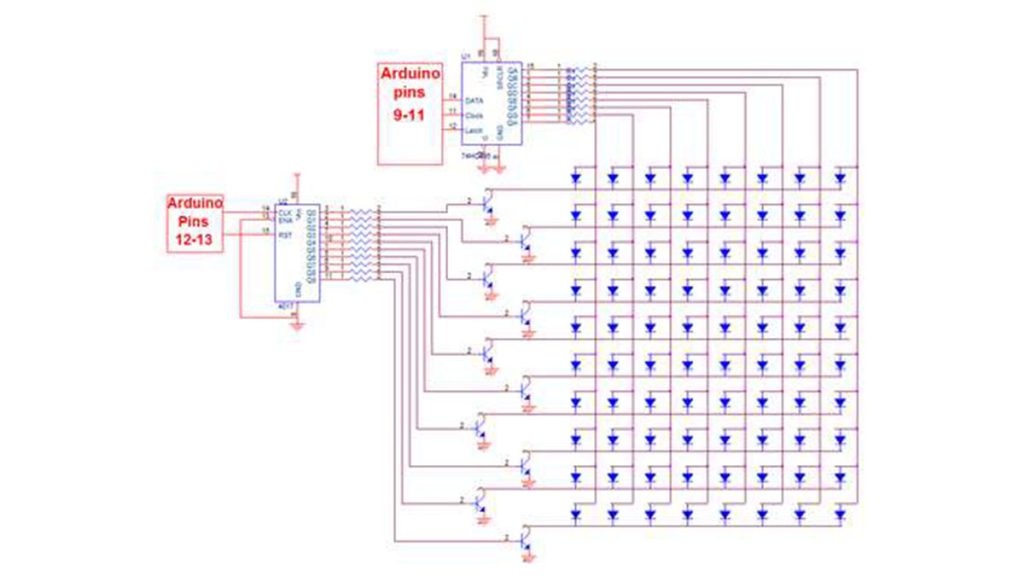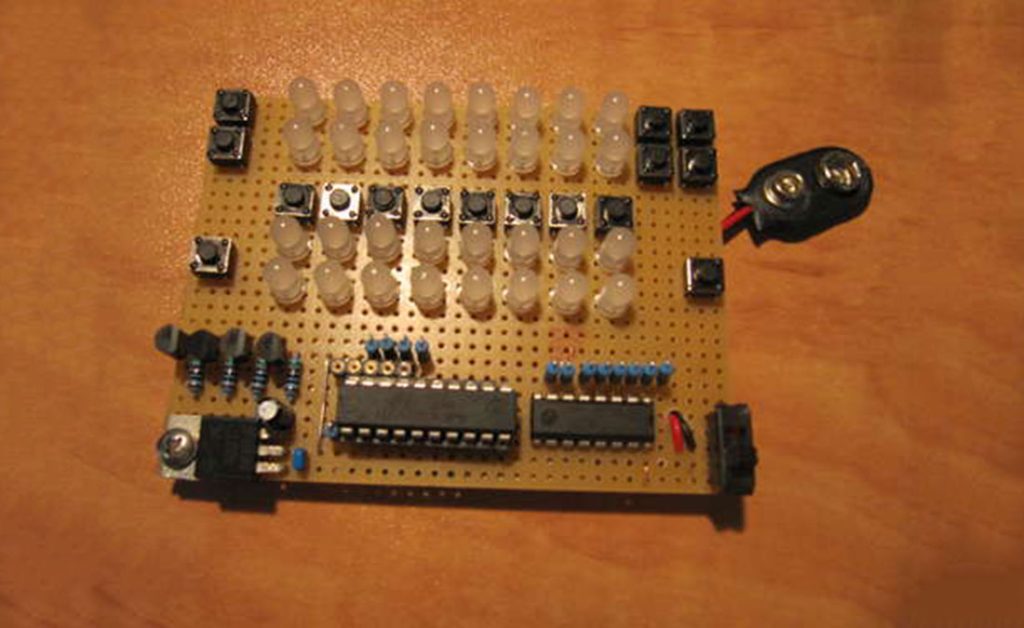Ghetto Programming: Getting started with AVR microprocessors on the cheap.
Microprocessors are so cheap these days. If only there were a way to program them up just as cheaply… *wavy dream-sequence lines* In this instructable, find out how to build up a complete AVR microprocessor toolchain: compiler, programmer software, programmer hardware, and some simple demos to get your feet wet. From there, it’s just a […]
Ghetto Programming: Getting started with AVR microprocessors on the cheap. Read More »



